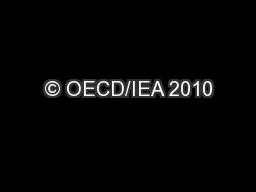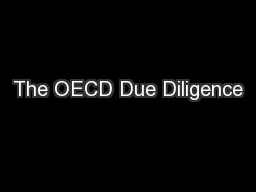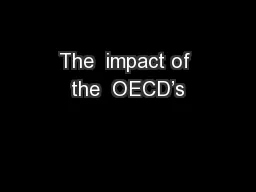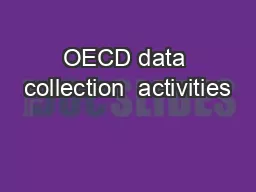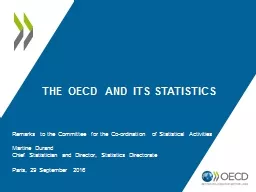PPT-OECD ECONOMIC SURVEY
Author : danika-pritchard | Published Date : 2017-05-02
OF ITALY 2017 Reforms are paying off but challenges remain 15 February 2017 Rome http wwwoecdorgecosurveyseconomicsurveyitalyhtm OECDeconomy OECD Overview Boosting
Presentation Embed Code
Download Presentation
Download Presentation The PPT/PDF document "OECD ECONOMIC SURVEY" is the property of its rightful owner. Permission is granted to download and print the materials on this website for personal, non-commercial use only, and to display it on your personal computer provided you do not modify the materials and that you retain all copyright notices contained in the materials. By downloading content from our website, you accept the terms of this agreement.
OECD ECONOMIC SURVEY: Transcript
Download Rules Of Document
"OECD ECONOMIC SURVEY"The content belongs to its owner. You may download and print it for personal use, without modification, and keep all copyright notices. By downloading, you agree to these terms.
Related Documents



